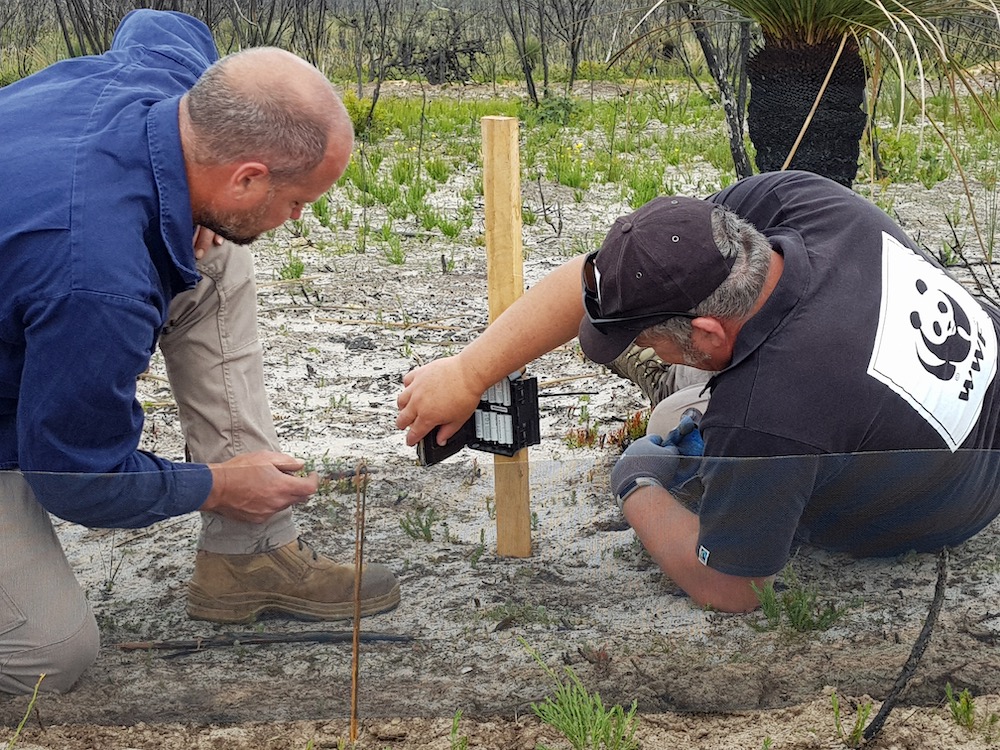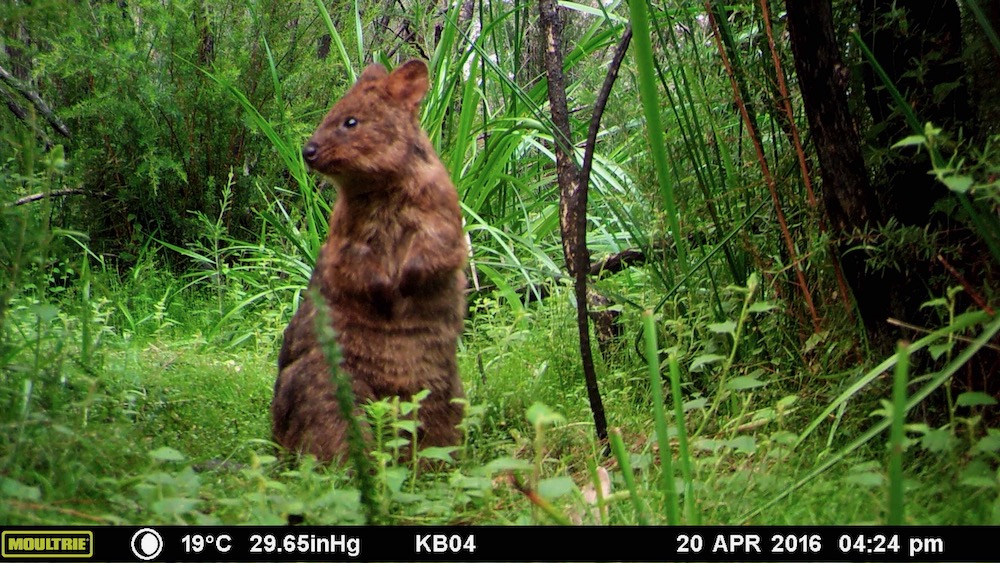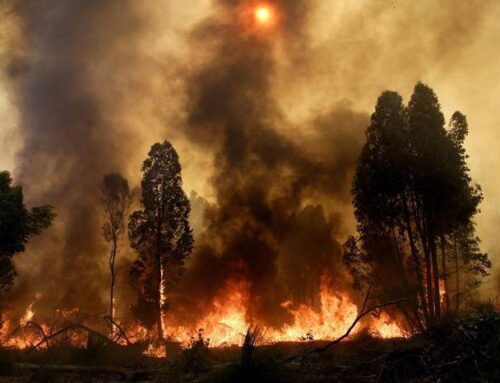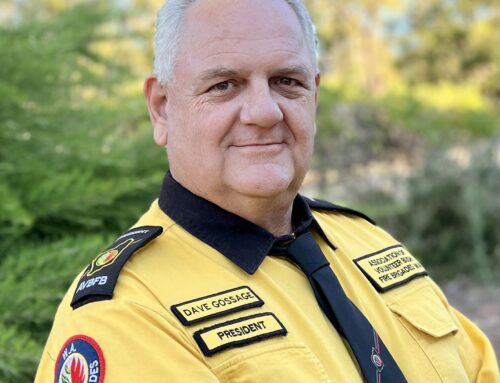
Google AI Eye on Recovery. Image: Tech Guide
Google Australia has launched a partnership with WWF-Australia and Conservation International and will use more than 600 AI-powered cameras to monitor wildlife in bushfire zones across Australia.
We will never forget the heartbreaking images of wildlife caught in the ravaging bushfires.
Nearly three billion native animals were in the path of the devastating fires with 119 threatened species identified as needing urgent help.
The project, called an Eye on Recovery, will see more than 600 sensor cameras installed in landscapes impacted by last summer’s bushfires including the Blue Mountains, East Gippsland, Kangaroo Island, and South East Queensland.
The project launched by WWF Australia and Conservation International will be supported by a $USD1 million grant from Google’s philanthropic arm Google.org.
Google AI technology will be used to make ecological assessments and locate surviving wildlife and determine where the most urgent recovery actions are needed.
Kangaroo Island, where fire devastated half of the island, is where the first cameras have been installed to monitor species including the critically endangered Kangaroo Island dunnart.
More than 90 per cent of the island’s dunnarts were burnt in the fires.
“These cameras will allow us to put hundreds of pairs of eyes into bushfire landscapes to locate elusive species like the dunnart,” said Darren Grover, WWF-Australia’s Head of Healthy Land and Seascapes.
“This will give us a better understanding of what animals have survived and where we should target our recovery actions.”
The images captured by the cameras will be analysed by Wildlife Insights – a cloud platform that uses artificial intelligence and machine learning developed by Google to help identify each species.

WWF-Australia in conjunction with the Department of Parks and Wildlife (DPaW) undertook a survey to track quokka movements in the Northcliffe fire area, Western Australia, April 2016. Photo: Tech Guide
“Using Google’s AI technology, Wildlife Insights helps biologists automatically identify and share sensor camera images, which reduces time spent manually sorting through images to find that rare dunnart sighting,” says Tanya Birch, Program Manager, Google Earth Outreach.
“On average, human experts can label 300 to 1,000 images per hour.
“With the help of Google AI Platform Predictions, Wildlife Insights can classify the same images up to 3,000 times faster, analyzing 3.6 million photos an hour.”
Jorge Ahumada, Executive Director of Wildlife Insights and Senior Wildlife Conservation Scientist at Conservation International says: “An Eye on Recovery will help eliminate the guesswork on how and when different wildlife species repopulate areas affected by fire.
“The sensor cameras will be the eyes capturing images of wildlife coming back to burned areas; Wildlife Insights will be the brain interpreting and analysing this data as it comes in.”
To teach the AI to identify Australian species, WWF-Australia has appealed to the public for help.
They ask that anyone with sensor camera images of native wildlife, especially in bushfire regions, to share their pictures to speed up the teaching process.
“Like humans, AI models get better at recognising and identifying animals if they can look at hundreds or thousands of images,” said Mr Grover.
“Whether you’re a researcher with a suite of images sitting in a data storage system or a hobbyist with a sensor camera in your garden to monitor local wildlife, everyone can play a part in this project.”
People with sensor camera images to share can contact WWF-Australia via [email protected]





